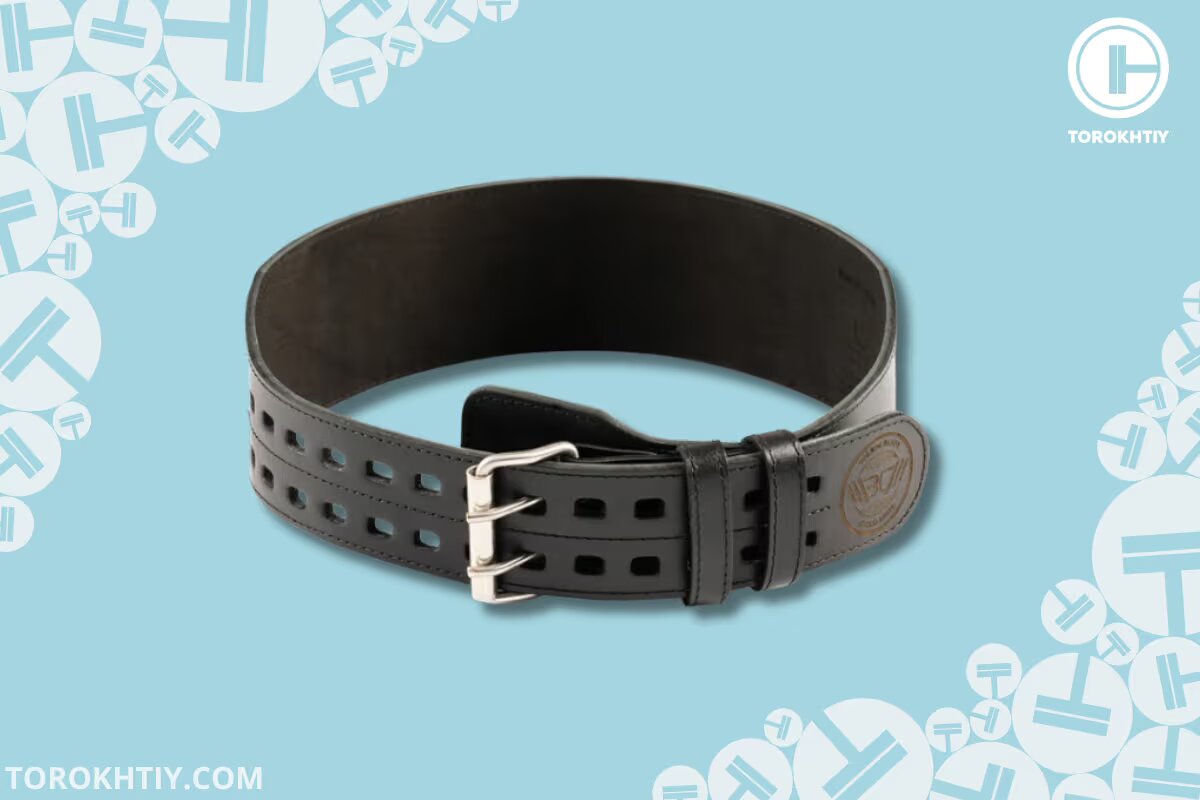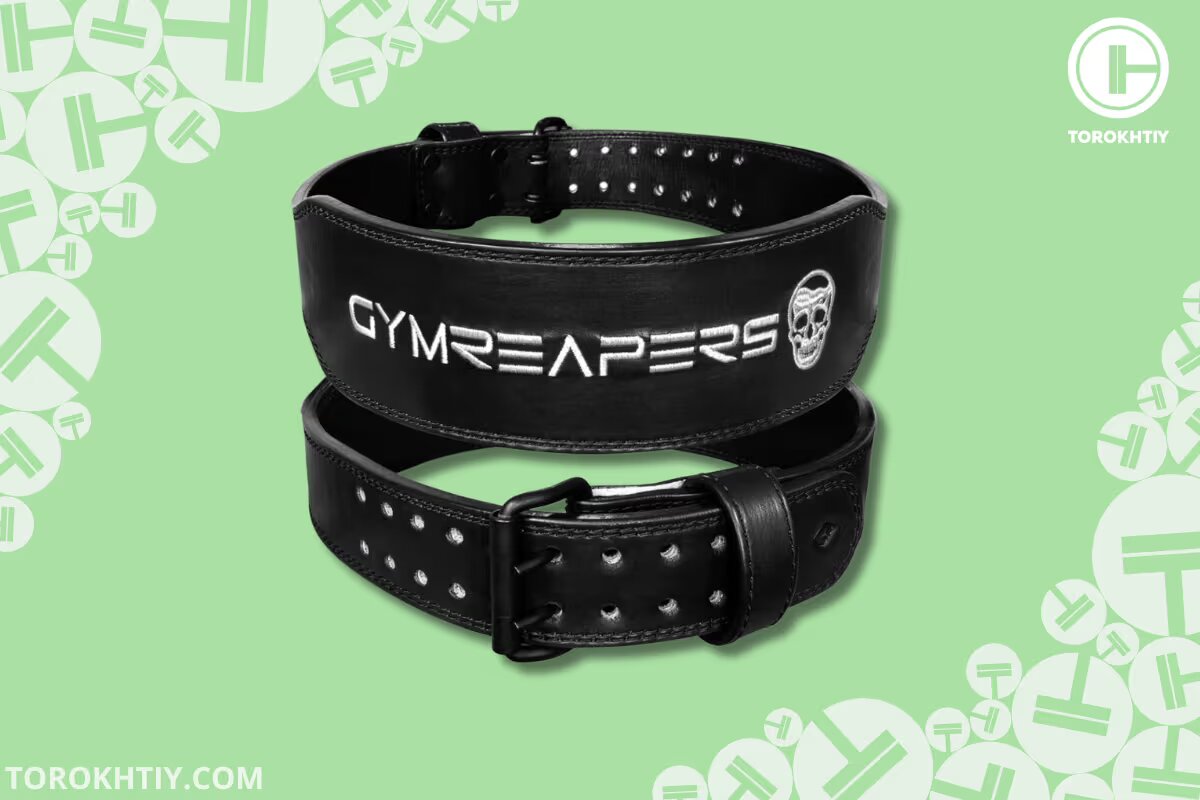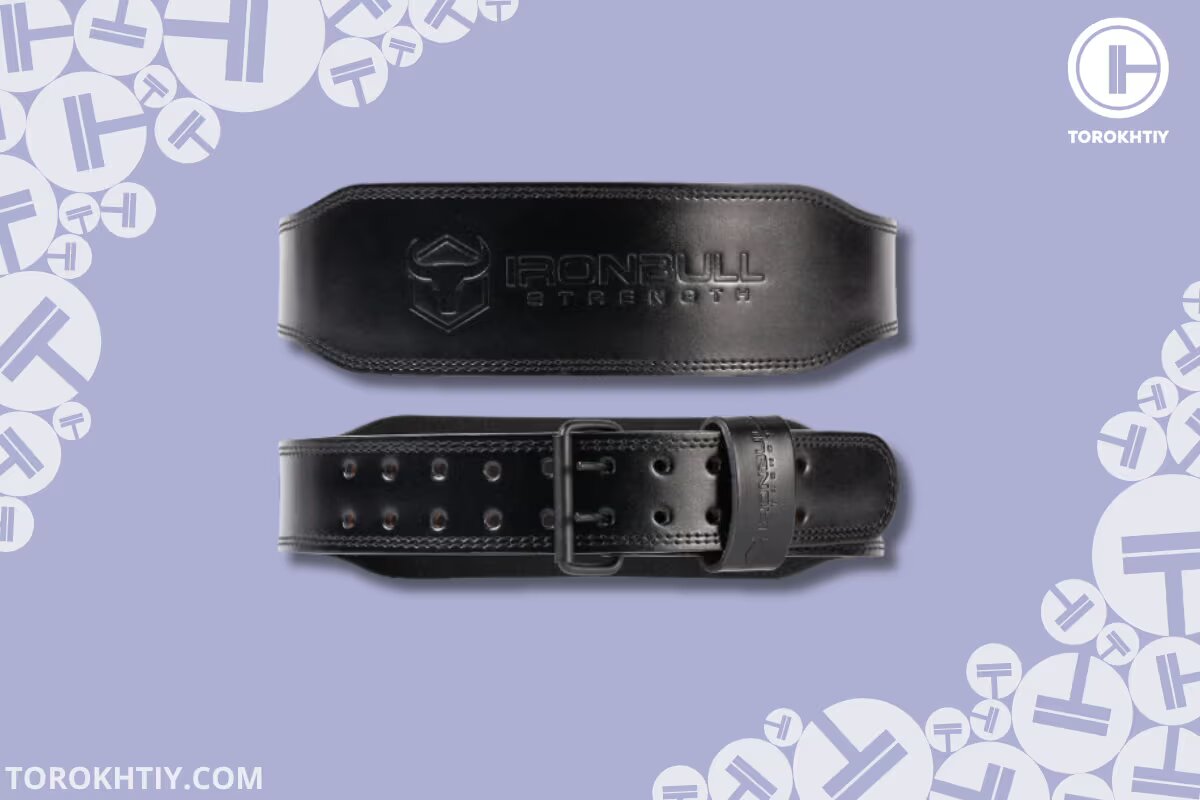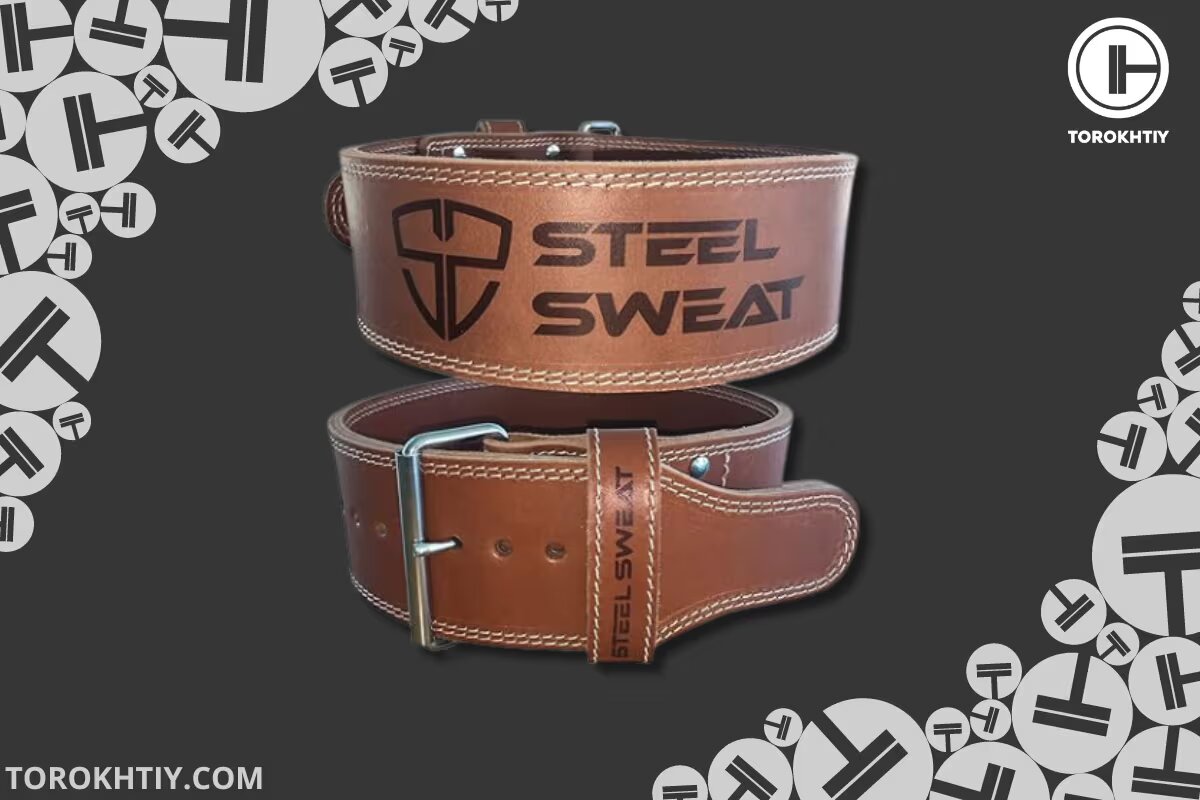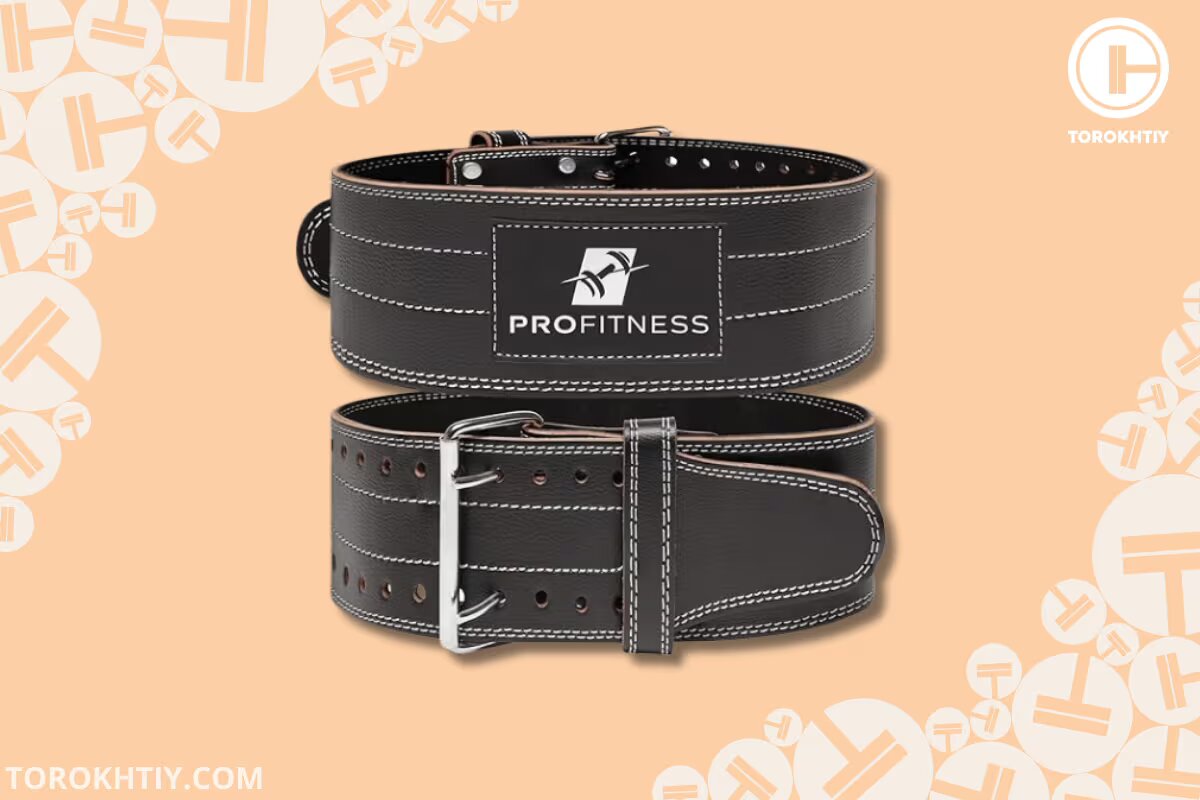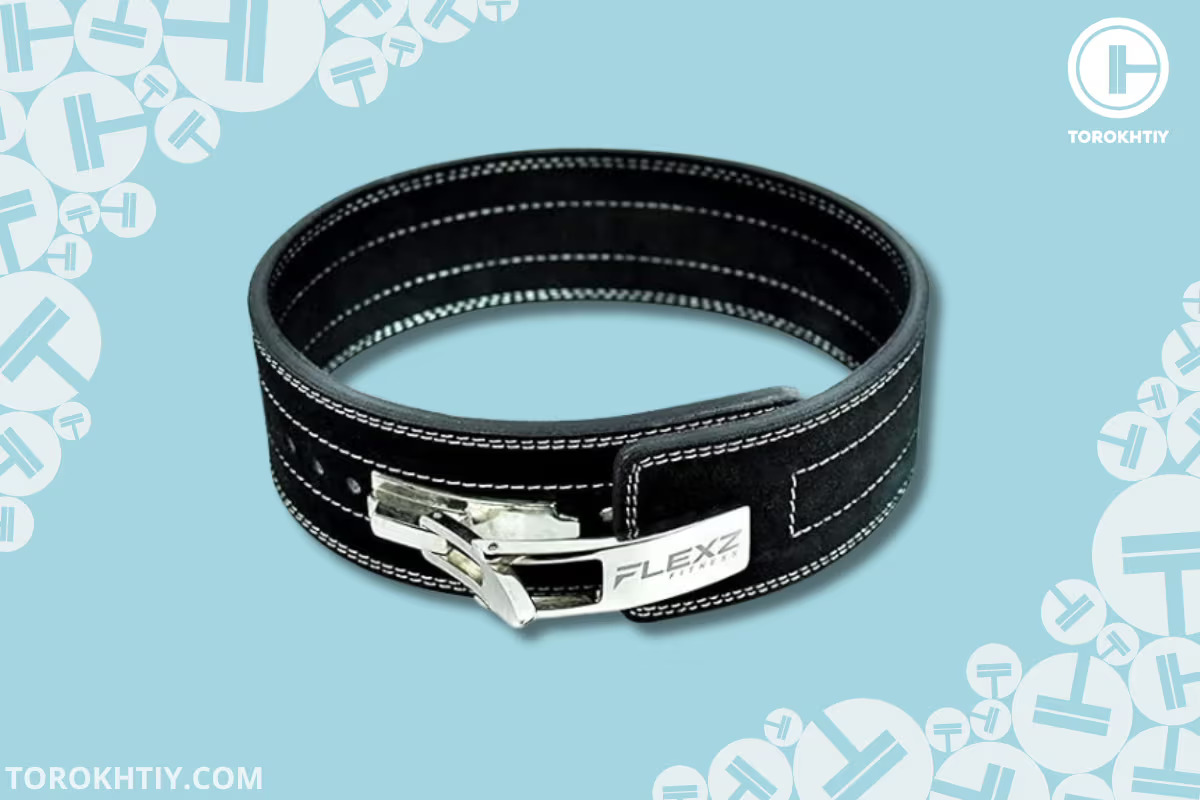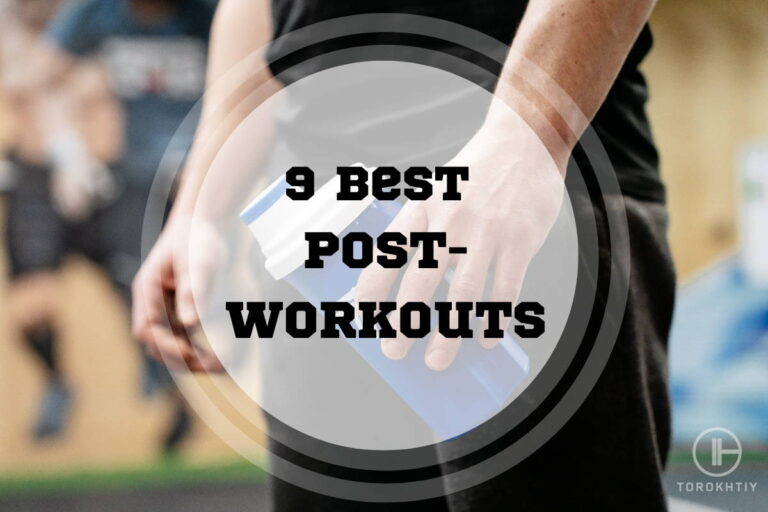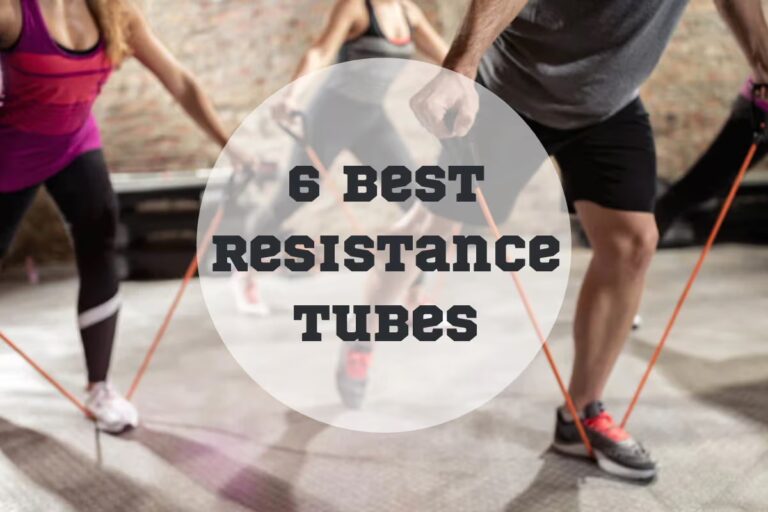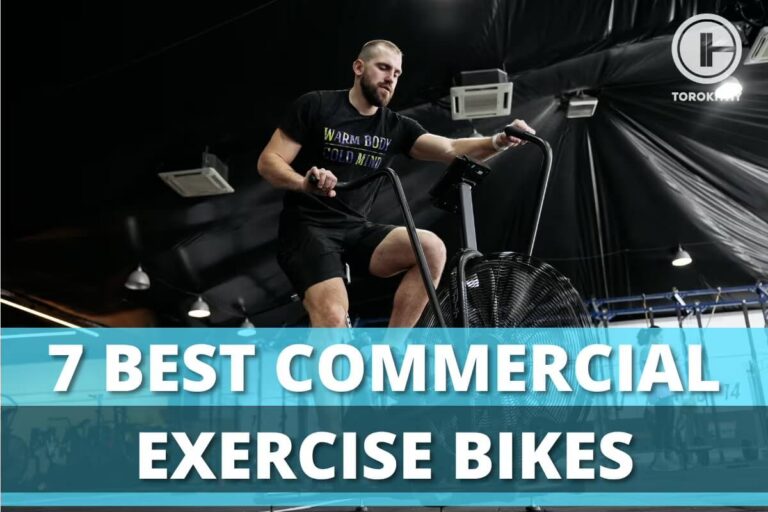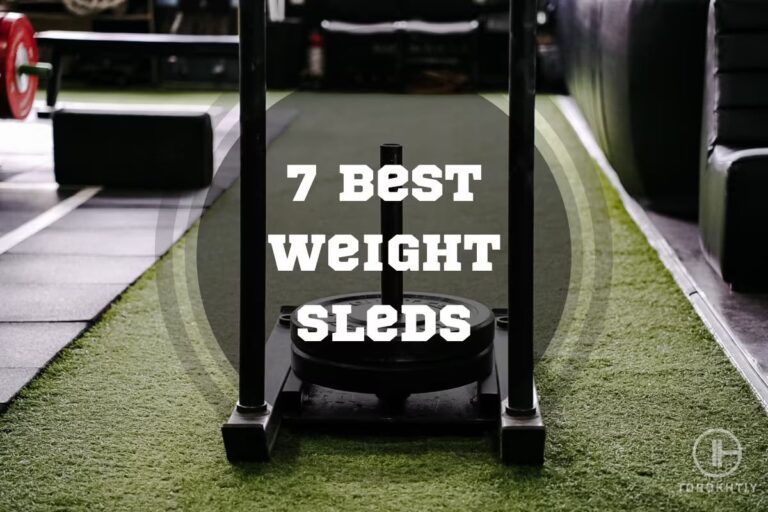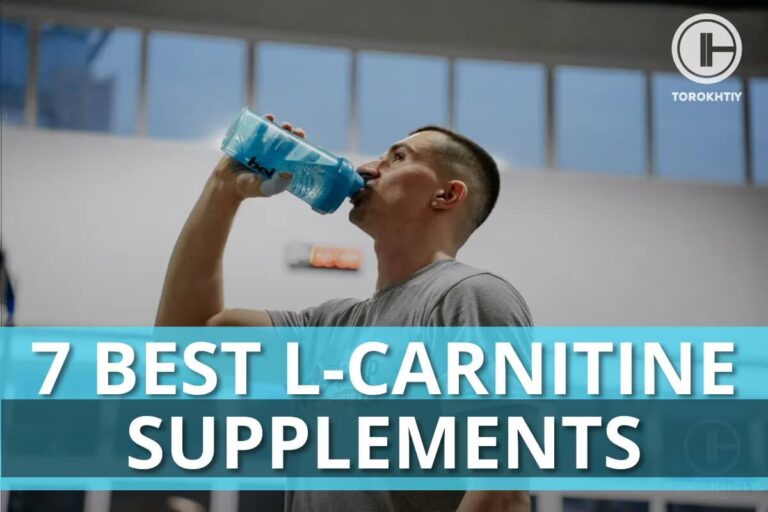6 Best Weight Lifting Belts For Big Guys in 2025
Reviewed by: Oleksiy Torokhtiy (21 years of Oly Lifting experience)
Struggling to find a weight lifting belt in your size? Lots of big guys struggle to find extra large weight lifting belts!
In a hurry?
In a hurry and can’t keep reading? How about you check out the Warm Body Cold Mind Weight Lifting Belt.
Starting our list of the best Lifting Belts For Big Guys with the Warm Body Cold Mind leather weight lifting belt. It’s a heavy-duty belt with 5mm leather and a double-pronged buckle for maximum security.
Our certified experts and pro athletes have put 13 weightlifting belts for big guys to the test and 6 of them met our standards and were considered to be good enough to make it to this list. The belts were evaluated on 5 key criteria and our team spent over 50 hours testing them. Ina addition to the testing process, we have also analyzed hundreds of online user reviews to bring you the best information. This list gets frequent updates, so feel free to leave a comment and join the conversation!
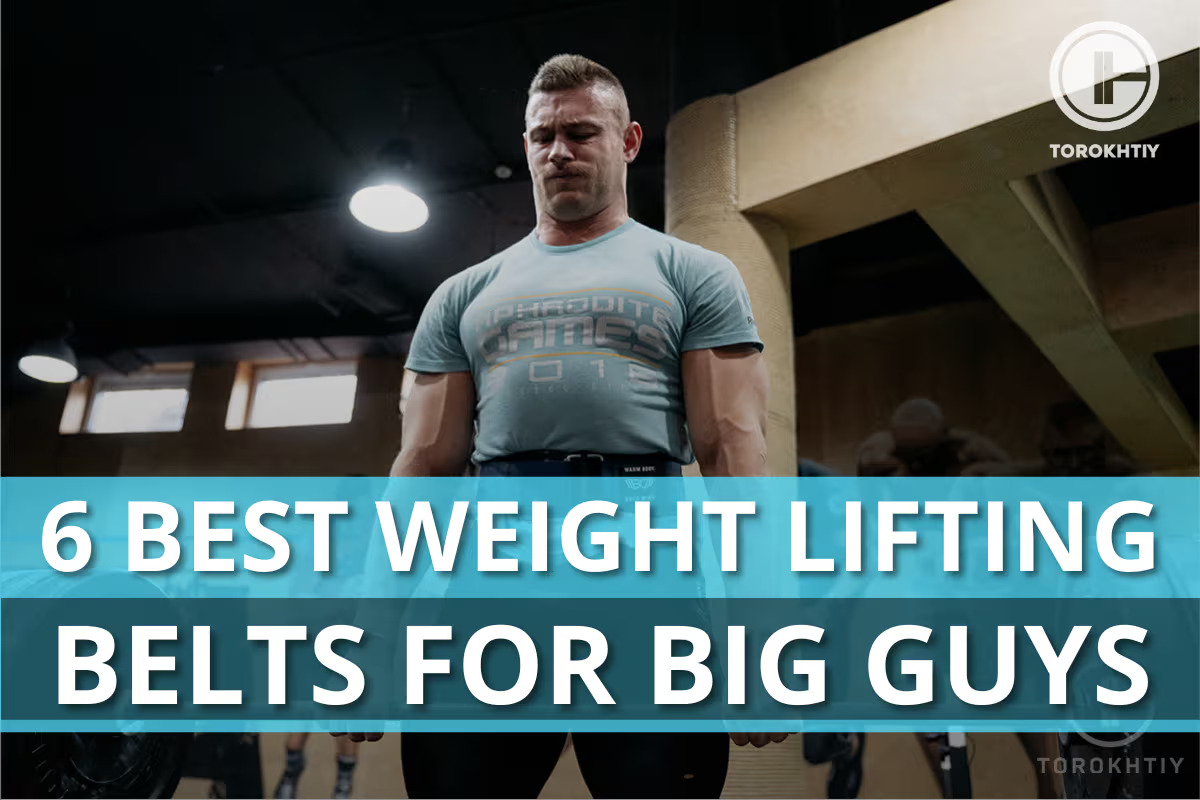
We’re reviewing the best weight lifting belts for big guys so you can get the right fit and features, lift the most weight, and stay safe.
No more disappointing visits when you find out they don’t offer XXL weightlifting belts!
Top 6 Best Weight Lifting Belts For Big Guys Reviewed
The best weight lifting belt for big guys is the Warm Body Cold Mind leather weightlifting belt – but there are other great options, too, and some bad ones!
We’re covering the most interesting options on the market so you can see what’s good, what to avoid, and how to get the best product for your training.
- Warm Body Cold Mind Weight Lifting Belt — Top Pick
- GYMREAPERS 13MM LEVER BELT – Runner-up
- Iron Bull Premium Weightlifting Belt — Best Powerlifting Belt for Big Guys
- Steel Sweat Weight Lifting Belt — Best Suede Belt for Powerlifting
- ProFitness Leather Weight Lifting Belt — Affordable Stiff Belt for Powerlifting
- Flexz Fitness Lever Powerlifting Belt — Affordable Lever Lifting Belt for Super Heavy Weights
| Product | Total | Sizing | Materials/Quality | Durability | Comfort | Price |
|---|---|---|---|---|---|---|
| Warm Body Cold Mind | 49 | 10 | 10 | 10 | 10 | 9 |
| GYMREAPERS | 47.5 | 9.5 | 10 | 10 | 10 | 8 |
| Iron Bull | 47.5 | 9 | 10 | 9.5 | 9.5 | 9.5 |
| Steel Sweat | 46 | 9 | 9.5 | 9 | 9.5 | 9 |
| ProFitness Leather | 45.5 | 8 | 9.5 | 10 | 8 | 10 |
| Flexz Fitness | 44.5 | 9 | 9 | 9 | 8.5 | 9 |
1. Warm Body Cold Mind Weight Lifting Belt — Top Pick
- Fastening type: 2-prong (stainless steel)
- Available sizes: XS to XXXL
- Waist size range: 28” to 52”
- Width: 4” (with tapered front)
- Thickness: 6mm
- Material: layered, softened leather
- Certifications: IPF and USAPL compliant
The Warm Body Cold Mind leather weightlifting belt is perfect for big guys. It’s a heavy-duty belt with 5mm leather and a double-pronged buckle for maximum security. It is soft on the inside but provides the strong support you need to lift big weights.
The WBCM belt is available up to size XXXL – with a ‘true fit’ for 105-131cm (41-52 inches). A 52 inch weight lifting belt is great for big guys and offers a strong design, good materials, and outstanding durability.
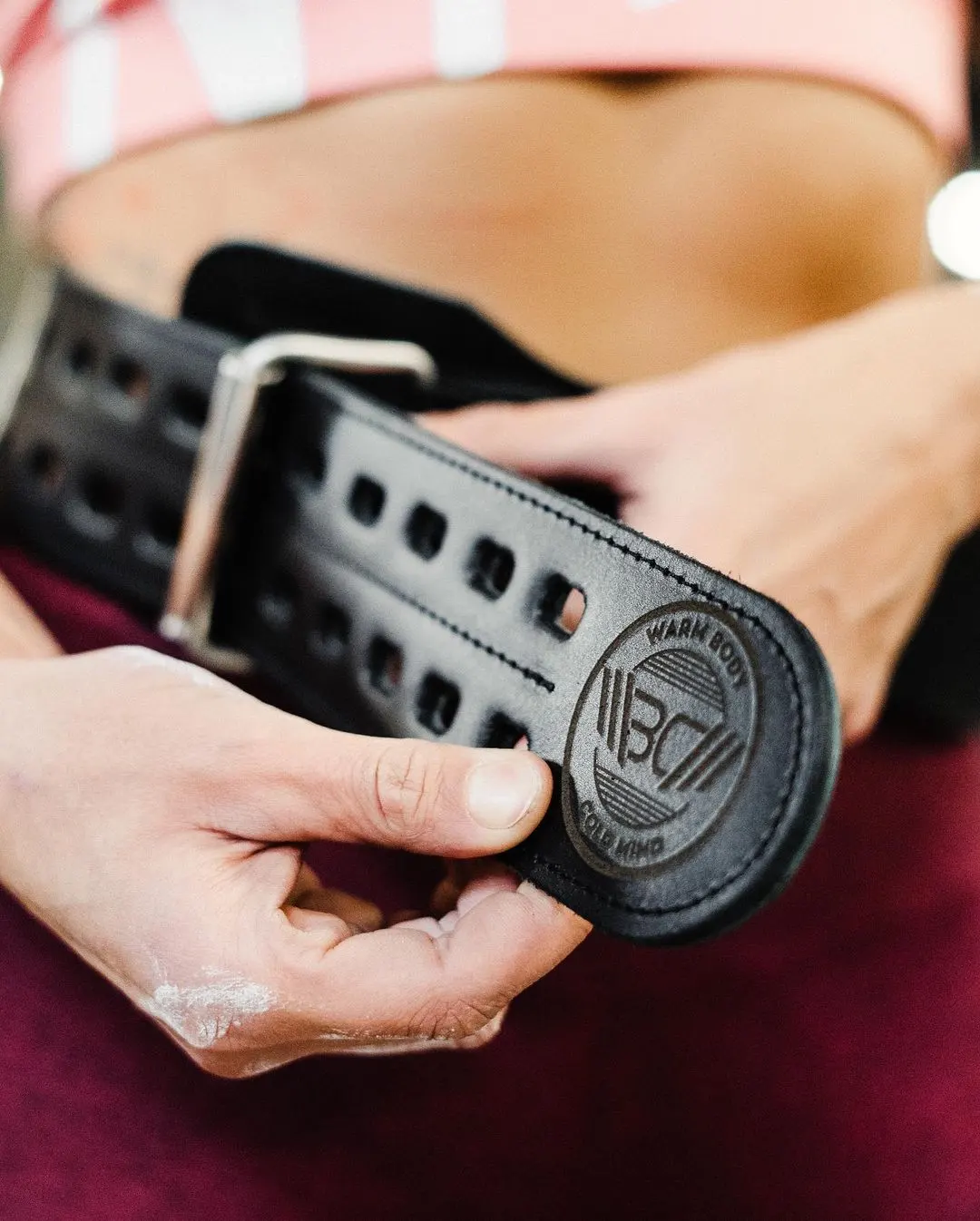
It has excellent craftsmanship and the full leather design with a tapered back and double belt-loops feel perfect. They ensure your belt is comfortable and stays close to the body while you lift, preventing contact with the barbell.
This is a perfect belt for weightlifting and powerlifting – it is specifically IPF-approved and USAPL-approved, so you can train in this belt and compete in it.
The Warm Body Cold Mind leather weightlifting belt is perfect for big guys. It’s a heavy-duty belt with 5mm leather and a double-pronged buckle for maximum security.
Positives:
Could be better:
Verdict
This is the best weight lifting belt for fat guys and massive lifters, out-performing the others on this list.
The available sizes are great – up to 52 inch weight lifting belts – and the security, stitching, and material make it a perfect choice for all kinds of strength training.
2. GYMREAPERS 13MM LEVER BELT – Runner-up
- Fastening type: Programmable matte black lever buckle adjustment
- Available sizes: S to XXL
- Waist size range: 25” to 50”
- Thickness: 13mm
- Material: double stitched durable genuine leather
- Certifications: IPF and USAPL compliant
GYMREAPERS 13mm LEVER BELTS comes as a viable contender and as the runner-up of this pack. Let’s see what it’s all about!
This weightlifting belt is made from genuine leather that has been backed by reinforced double stitching. This will ensure maximum longevity, durability, and stability even in the heaviest of lifts, but in terms of comfort – it’ll also require a number of breaking-in sessions for the belt to get more accustomed to your body.
The belt will be available in sizing so that it can fit all users with a waist size in the range of 25’’ – 50’’. The locking mechanism, the programmable matte black lever buckle is amazing in ensuring there’s no slippage or play once positioned.
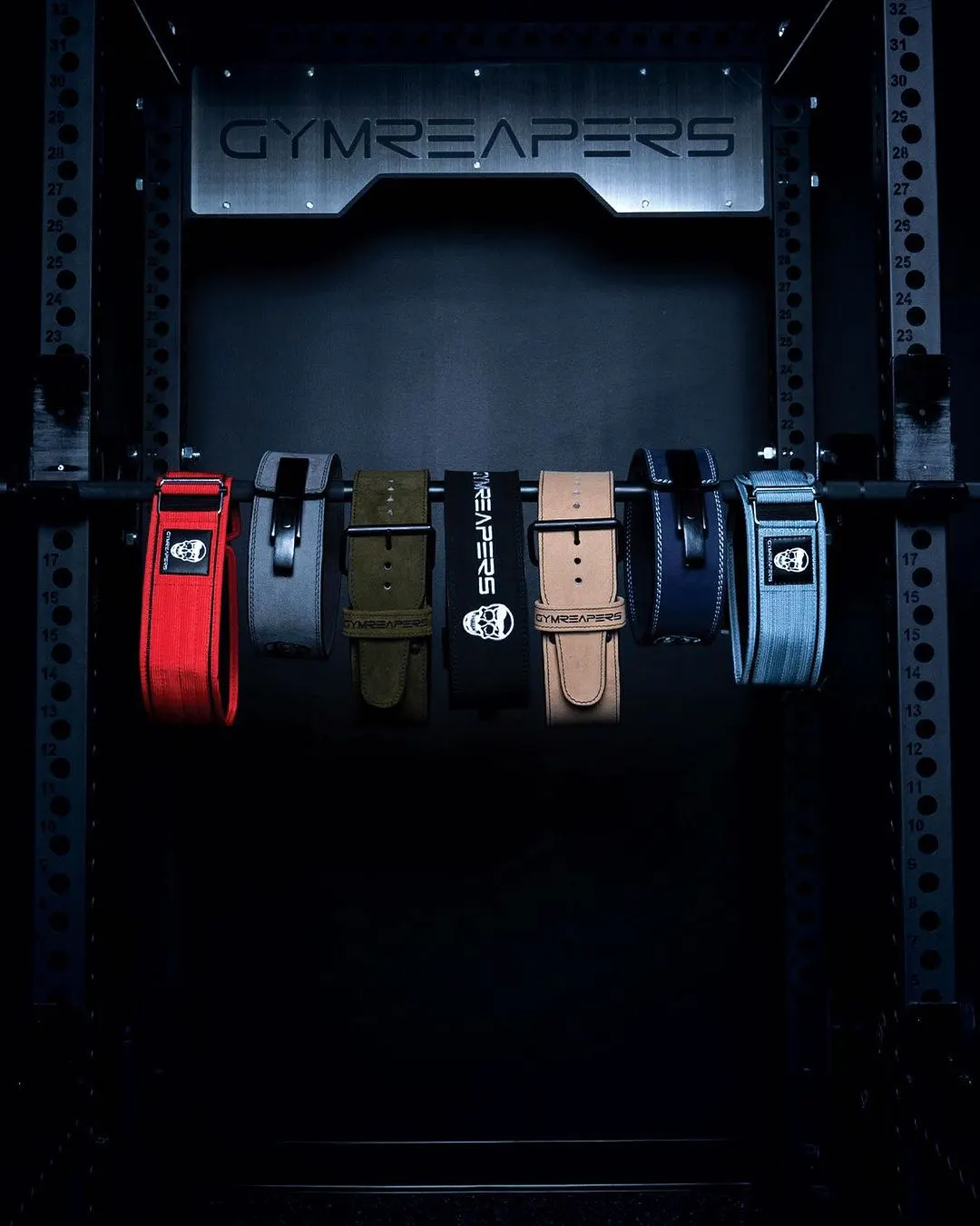
Due to its initial rigidity, the belt might not be the ideal candidate for movements that require a lot of flexibility. The extra thickness also doesn't help in that department. Luckily though, you’ll have the extra support from the 13mm (0.05 inches) of thickness.
The belt is both IPF and USAPL compliant, so if competing is your passion and goal, this belt might prove to be the ideal candidate.
To top it all off, you’ll enjoy a lifetime warranty as part of the package!
GYMREAPERS 13mm LEVER BELTS comes as a viable contender and as the runner-up of this pack. This weightlifting belt is made from genuine leather that has been backed by reinforced double stitching.
Positives:
Could be better:
3. Iron Bull Premium Weightlifting Belt — Best Powerlifting Belt for Big Guys
- Fastening type: Hybrid prong-lever
- Available sizes: S to XXXL
- Waist size range: 25” to 55”
- Width: 4” (no taper)
- Thickness: 7mm
- Material: Leather with a suede lining
- Certifications: IPF compliant
Iron Bull Strength use a prong and lever hybrid belt, with 2-prong design in a single, pivoting piece of metal. This provides a really nice mid-point between the two: more security than a single prong, but less cost than a full lever!
It’s a 7mm thick belt, which is a good amount, and the leather is stiff but well-made. The overall design is very pleasant and the price is somewhere between the previous two products. Iron Bull strength uses suede for their belt, which has an excellent stiffness and flexibility profile for powerlifting belts.
It’s a 4” belt with no taper, which makes it too stiff and large for most gym training, but good for heavy deadlifts in particular. This product goes up to 55” waist size, which is the best on today’s list, too.
Iron Bull Strength provides a really nice mid-point between the two: more security than a single prong, but less cost than a full lever!
Positives:
Could be better:
Verdict
This is a good choice if you want some lever belt functions without the cost. It’s a great choice on the pure fundamentals alone, and we like it a lot. Iron Bull make great equipment and this is one of the best hybrid weight lifting belts for big guys for all-purpose strength training.
4. Steel Sweat Weight Lifting Belt — Best Suede Belt for Powerlifting
- Fastening type: single prong
- Available sizes: S to XXL
- Waist size range: 25” to 50”
- Width: 4” (no taper)
- Thickness: 10mm
- Material: Tanned cowhide leather with a suede lining
- Certifications: IPF compliant (not certified)
Steel Sweat Weight lifting belt is a perfect choice for huge width and stiff leather. It’s not as flexible as the Warm Body Cold Mind belt, but is much wider and thicker. It’s far more restrictive, but more supportive at the absolute top end for powerlifters.
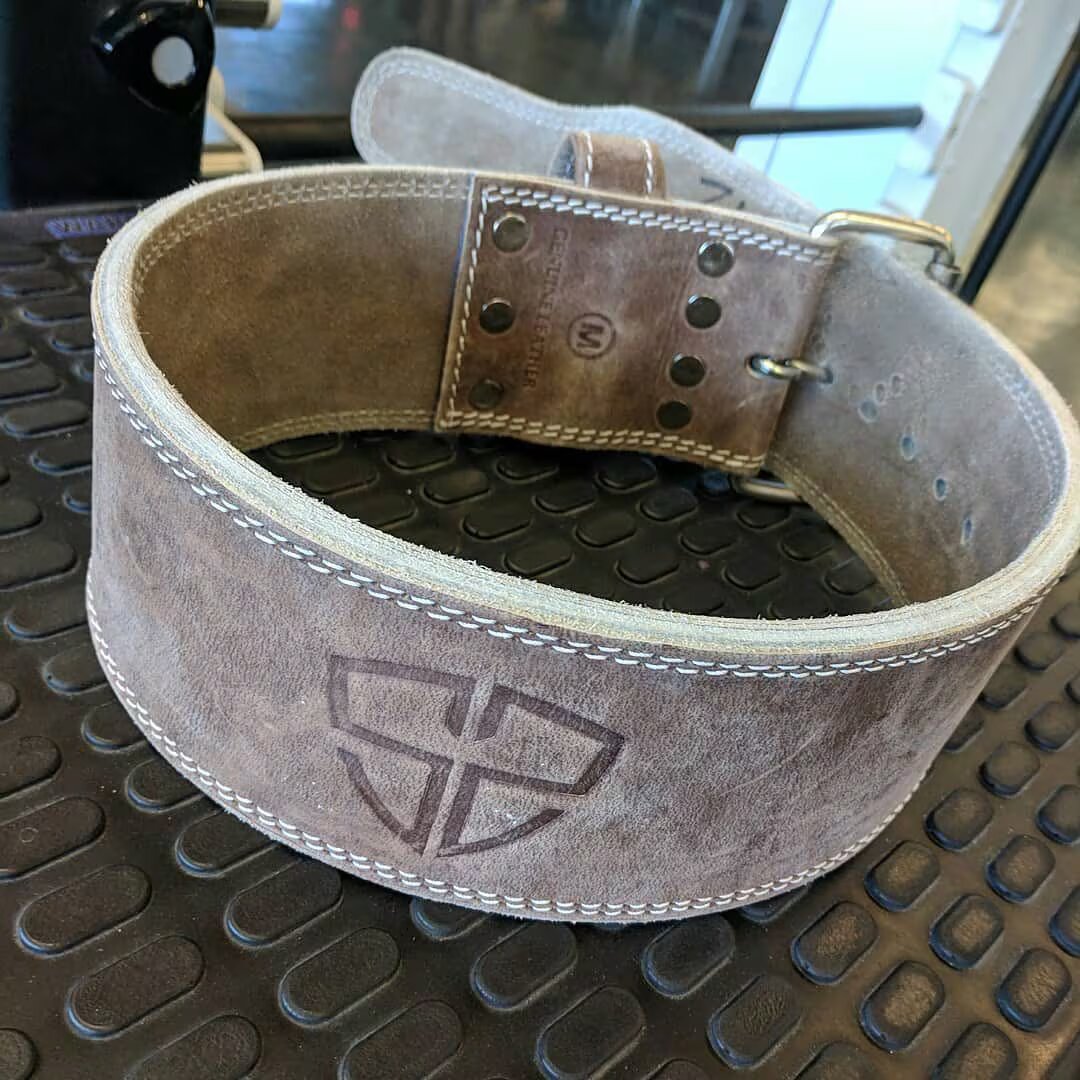
The single prong is good, but not as good as the WBCM 2-prong design, and the stitching leaves a little bit to be desired. However, the overall quality is good and the leather itself is tough and durable.
These belts are also smaller than our top pick, going up to 50” for the XXL weight lifting belts. This is good for big guys, but the XXL is rarely available.
Steel Sweat Weight lifting belt is not as flexible as the Warm Body Cold Mind belt, but is much wider and thicker. It’s far more restrictive, but more supportive at the absolute top end for powerlifters.
Positives:
Could be better:
Verdict
This is our runner up because it does the things that the Warm Body Cold Mind weight lifting belt doesn’t. It’s wider and stiffer, which makes it more specialised for powerlifting, but doesn’t offer the benefits for general strength training, weightlifting, or fitness.
It’s good at what it does, but that’s quite specific to your needs and training style.
5. ProFitness Leather Weight Lifting Belt — Affordable Stiff Belt for Powerlifting
- Fastening type: double prong
- Available sizes: S to XL
- Waist size range: 24” to 49”
- Width: 4” (no taper)
- Thickness: 5mm
- Material: Laminated leather
- Certifications: IPF compliant (not certified)
The ProFitness leather weight lifting belt is – like the Steel Sweat – a little thick and wide for most uses. It’s not very flexible, being a stiff laminated leather design. It has multiple seams of stitching, and is even stiffer than the previous belt.
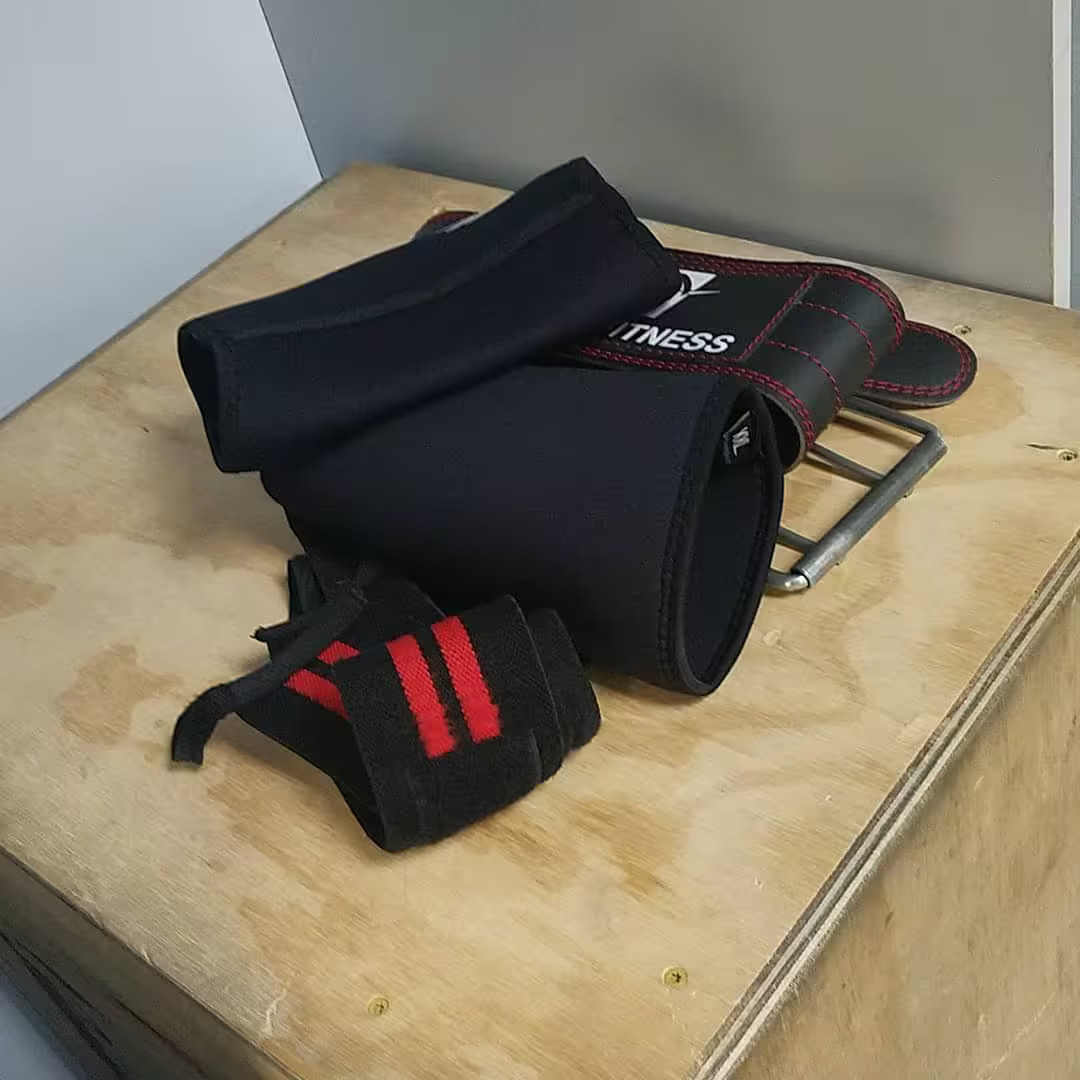
It’s a 4” belt all the way around, with no tapering. This makes it a powerlifting-focused choice, but too restrictive for weightlifting and fitness. You can squat and deadlift, but not to full depth, and not with dynamic exercises. The 5mm thickness is a little lighter than other 4” belts, too.
This is also a particularly sweaty belt due to the laminated finish. The double prong is very high quality, but is positioned very wide, which can cause some problems when contacting the ribs or hips with very stiff leather that refuses to bend at all.
The ProFitness leather weight lifting belt is a little thick and wide for most uses. It’s not very flexible, being a stiff laminated leather design.
Positives:
Could be better:
Verdict
This is definitely not as good as the Steel Sweat belt, but does something similar. It’s a cheaper product and this does reflect in the design. It’s good for some general strength training and powerlifting, but isn’t well developed compared to the previous 2 belts on our list.
It’s not as good as Steel Sweat for powerlifting, and the WBCM leather belt is better for all other types of training.
6. Flexz Fitness Lever Powerlifting Belt — Affordable Lever Lifting Belt for Super Heavy weights
- Fastening type: Lever
- Available sizes: S to XXL
- Waist size range: 24” to 46”
- Width: 4” (no taper)
- Thickness: 10mm
- Material: Leather
- Certifications: USAPL and IPF compliant
The Flexz Fitness belt is a little smaller. We expect weight lifting belts for big guys to have larger waist sizes, and 46” is quite small for an XXL weightlifting belt. The lever design is great for quick release and excellent performance, especially on a belt that is clearly designed with powerlifting exercises in mind.
This belt is on the thicker side and not suitable for Olympic weightlifting or fitness. It lacks the flexibility or taper for these sports. It also doesn’t have the suede lining that some others do, which makes it feel a little less comfortable than some other options.
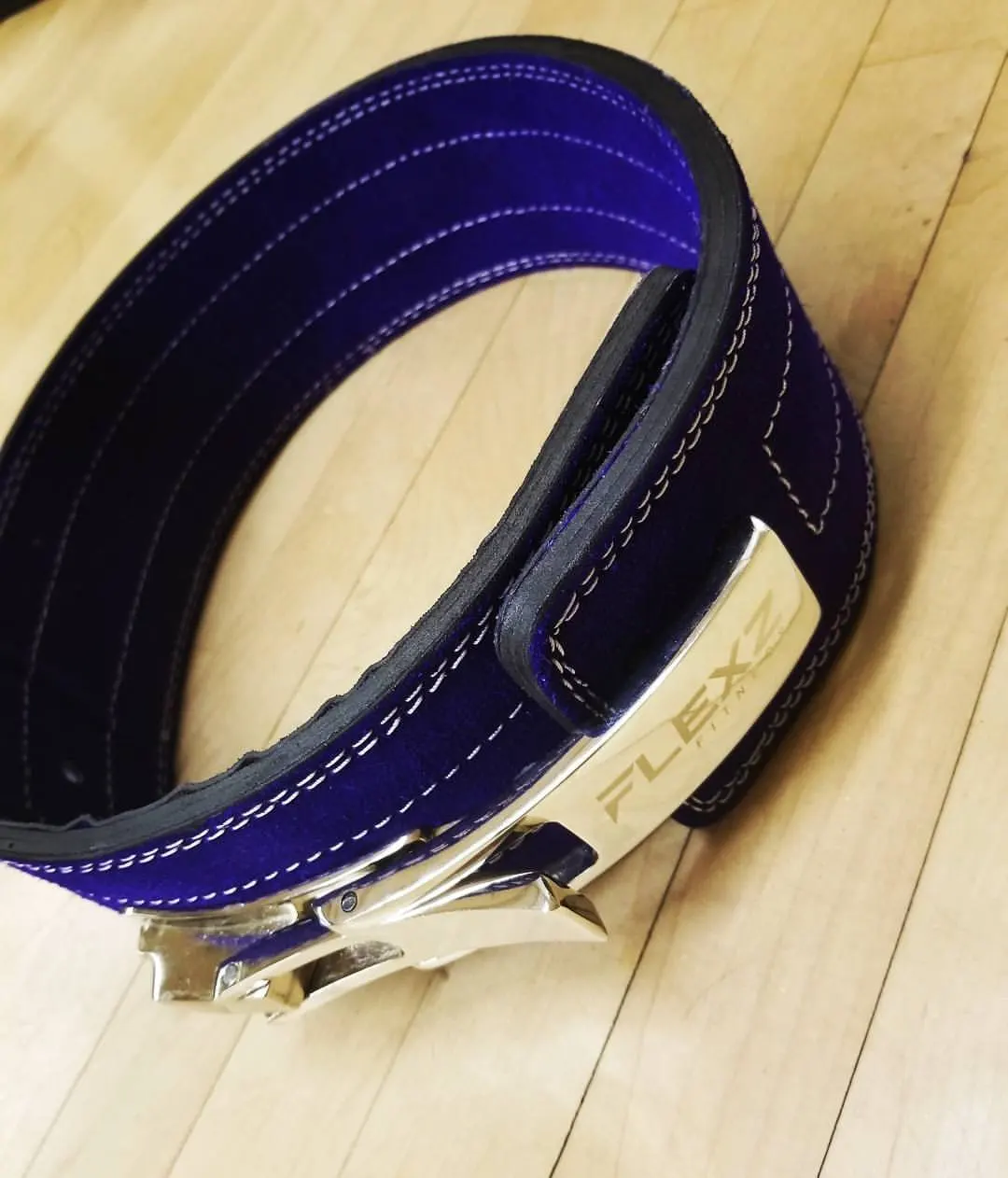
The design is strong and the lever provides tighter support since you can tighten the belt further. This is the main selling point of the Flexz Fitness powerlifting belt, and the price is great, too. This makes it a specialist choice but perfect if you want an affordable lever belt for powerlifting.
The Flexz Fitness belt is a little smaller. The lever design is great for quick release and excellent performance, especially on a belt that is clearly designed with powerlifting exercises in mind.
Positives:
Could be better:
Verdict
This is a great cheap lever belt for big guys, but the size limit on the XXL may just be too small for some users. It doesn’t have the suede inner, and it lacks some of the better features, but is perfect for powerlifters who want an affordable, supportive, lever-fitted belt.
Weight Lifting Belt Benefits: Why You Should Wear a Lifting Belt?
You should wear a weight lifting belt for your heaviest sets for 4 reasons: to lift more weight, build core strength, build confidence, and keep your spine safe.
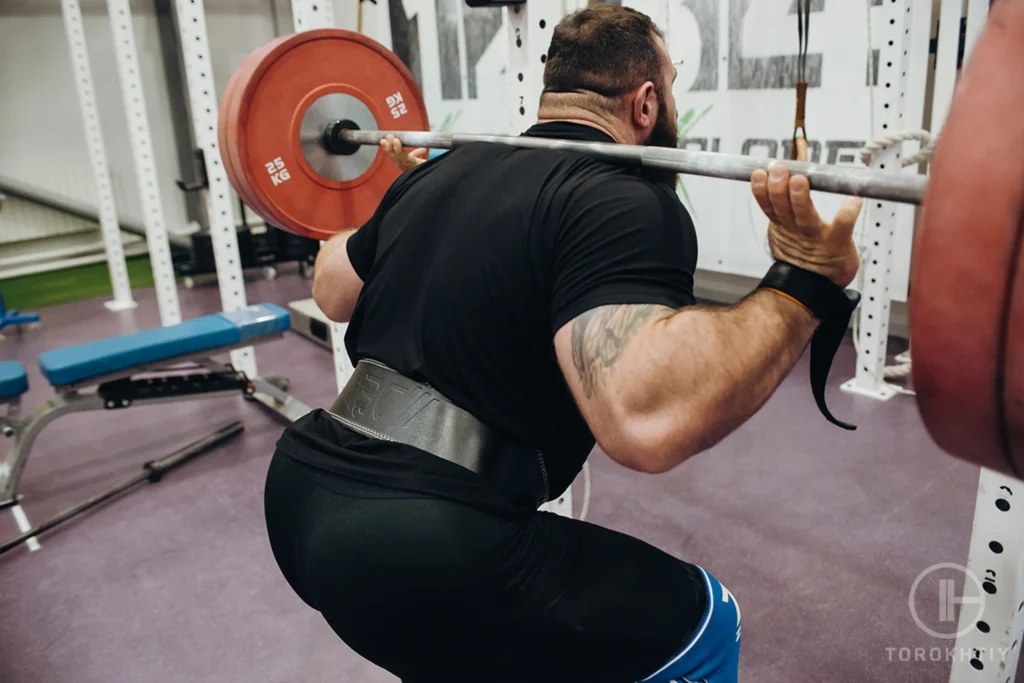
✅ Weight Lifting Belts Help You Lift More
Your core will perform better when you’re using a weight lifting belt for heavy compound exercises.
The belt lets you contract your core more during exercise to build more trunk stiffness. This is important in the deadlift and squat, in particular, for transferring lower body force into the bar. A stronger core and trunk means bigger lifts.
The belt is great for performance improvements. This is why finding the right size matters: you need it to be tight enough to press your core into.
✅ Lifting In A Belt Improves Core Gains
When you use more core in your heavy lifts, you build more core muscles in the long-term. This is important for keeping your core development up with other muscle groups like the legs and hips.
The belt helps you build a stronger core by letting you signal for more growth. It’s not just good for lifting weights – it helps you get the most from those weights!
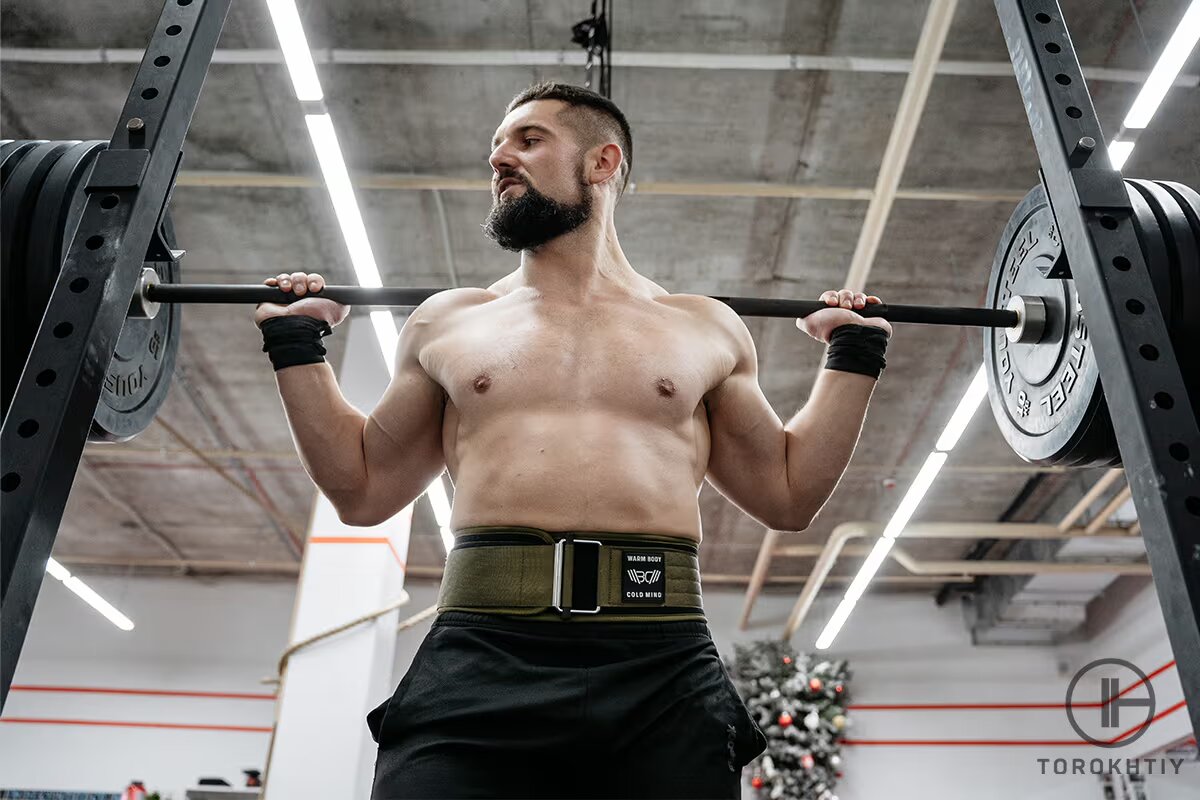
✅ Lifting Belts Build Confidence
Studies show us that lifters who use belts have more confidence in their lifts – and this lets them move faster.
The feeling of putting on your belt is perfect for feeling “safe”. Your core is supported and you can feel the amount of core activation you’re using. This is perfect for the ritual of lifting heavy weights.
✅ Keep Your Spine Safe
Using more core muscle activation helps you keep your spine safe. It provides support from the core muscles on the spine and the discs that are compressed under heavy weights.
This helps to keep your vertebrae and discs safe. These areas are common sites for problems like pars fractures, bulging discs, and more. This is how weight lifting belts improve safety and spine health – but only under very heavy weight.
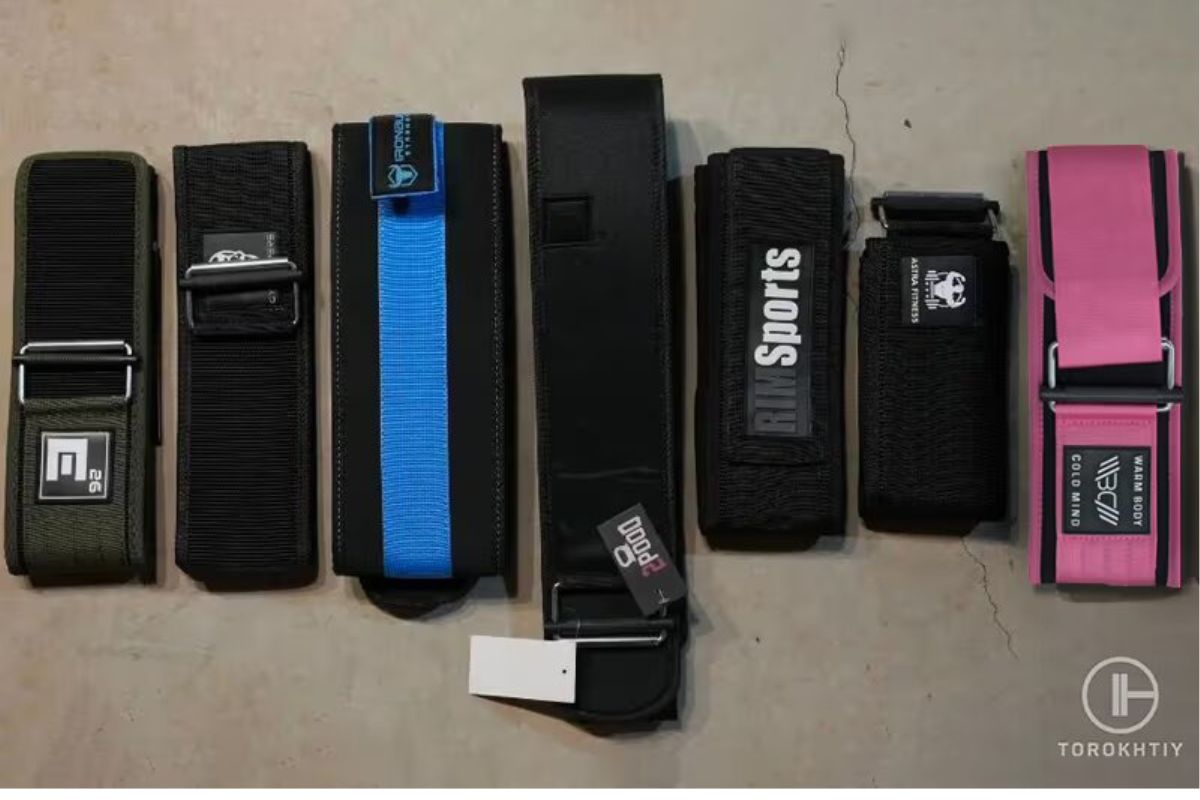
What Should Bigger Guys Look For When Buying A Weightlifting Belt?
Bigger guys need to look for size, better adjustability, stronger materials, and better overall design construction. When you’re a bigger guy, you inevitably put up bigger numbers and put more stress on your belt.
A good weightlifting belt needs to be able to keep up – and this is what you should look for first and foremost. All the other normal factors are still important: design, quality, features you want, the type of buckle fastening, adjustability, flexibility, and how it helps you in training!
1. Fastening Type: Prong Or Lever?
There are different types of buckle and fastening for weight lifting belts: lever belts for powerlifting and strongman, Velcro belts for weightlifting and fitness, and all-purpose prong buckles.
The right type of belt for your training is important. The lever of a belt can easily disrupt the snatch or other super-mobile movements in weightlifting. The Velcro belt lets fitness trainees move well, but may not be enough support for super-heavy deadlifts in powerlifting.
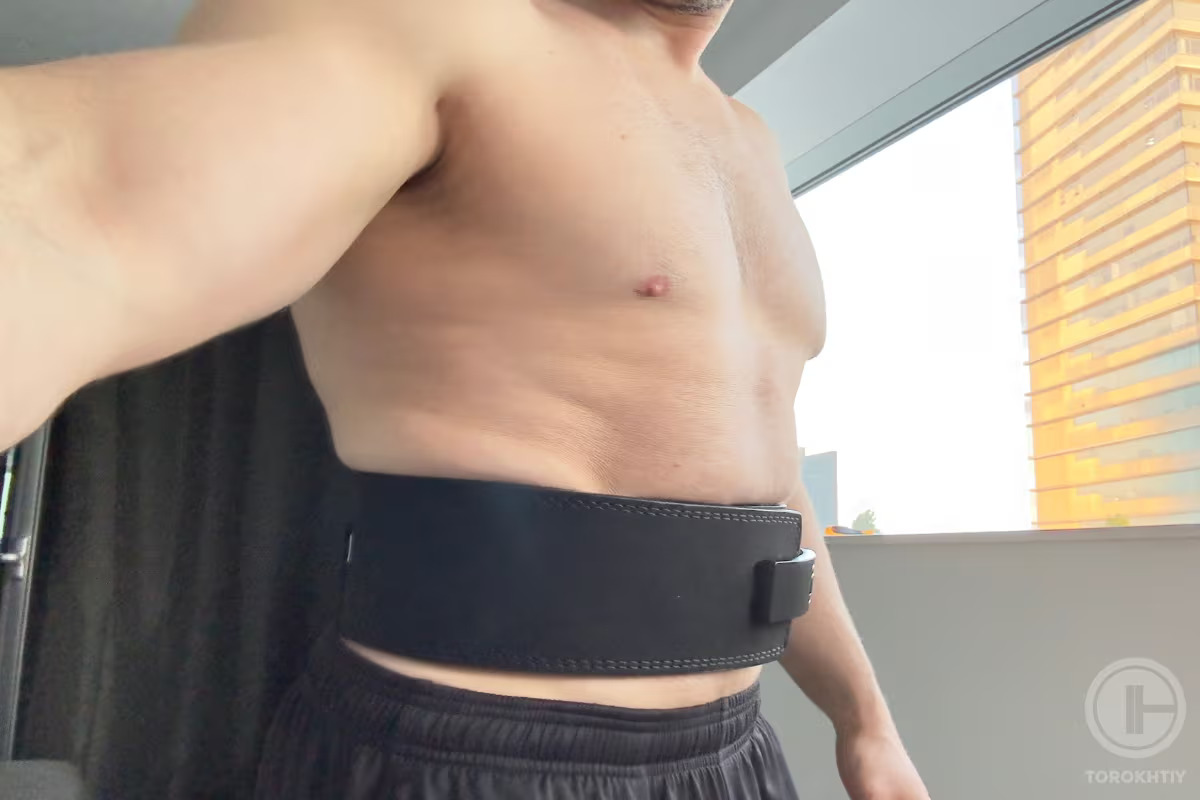
The key is matching the buckle to your training and goals! If you’re not sure what belt you need, then get started with a prong buckle – ideally a 2-prong for normal gym training and weight lifting.
2. Available Sizes: Waist Size Range
You want a belt that is perfectly sized for your bigger body. The point is to get access to XL, XXL, and 3XL weightlifting belts. These are much bigger, and they ensure that you can lift massive weights.
Here’s a basic waist size range for each of these sizes:
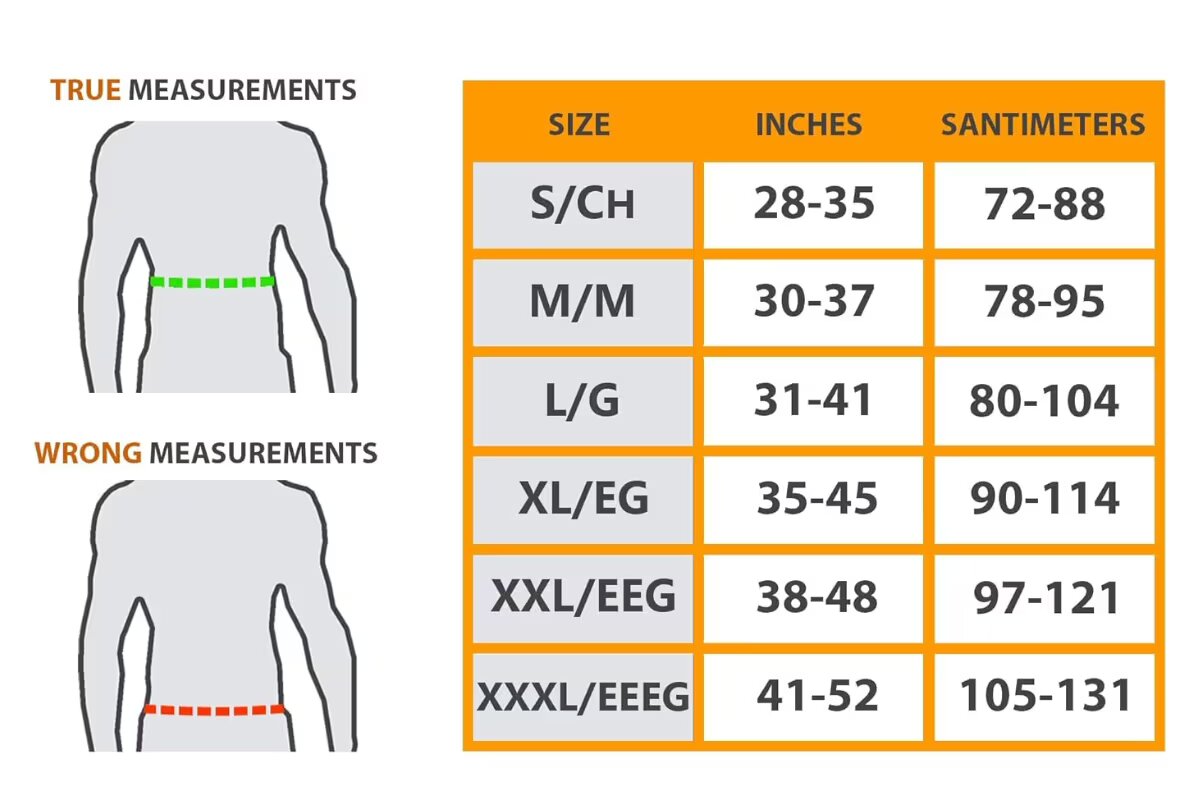
If you’re a big guy, you should be big and strong. A good weightlifting belt that is the right size and uses true-fit sizing is key.
3. Width
The width refers to the “height” of a weightlifting belt. This is key because it offers an idea of how much support it offers and where.
What’s even more important is that you’re going to need to have a belt that is wide enough for comprehensive core support, but not so wide that it contacts your ribs. The average weight lifting belt is around 3-5 inches wide. The wider a belt, the more restrictive it is likely to be in your deep squat positions or others.
4. Thickness
The thickness of a weight lifting belt for big guys is important – it gives you an idea of the support and stiffness you can expect. The usual thickness is around 5mm, which provides good support but is versatile enough to be used for all kinds of purposes.
The thick support can be regulated in competitions – both weightlifting and powerlifting have limitations on how thick a belt can be.
Thickness of 5-8mm is best for weightlifting and general purpose strength training. Powerlifting belts are used up to 13mm, which is very thick and may cause some restrictions to how your spine, hips, and ribcage can move.
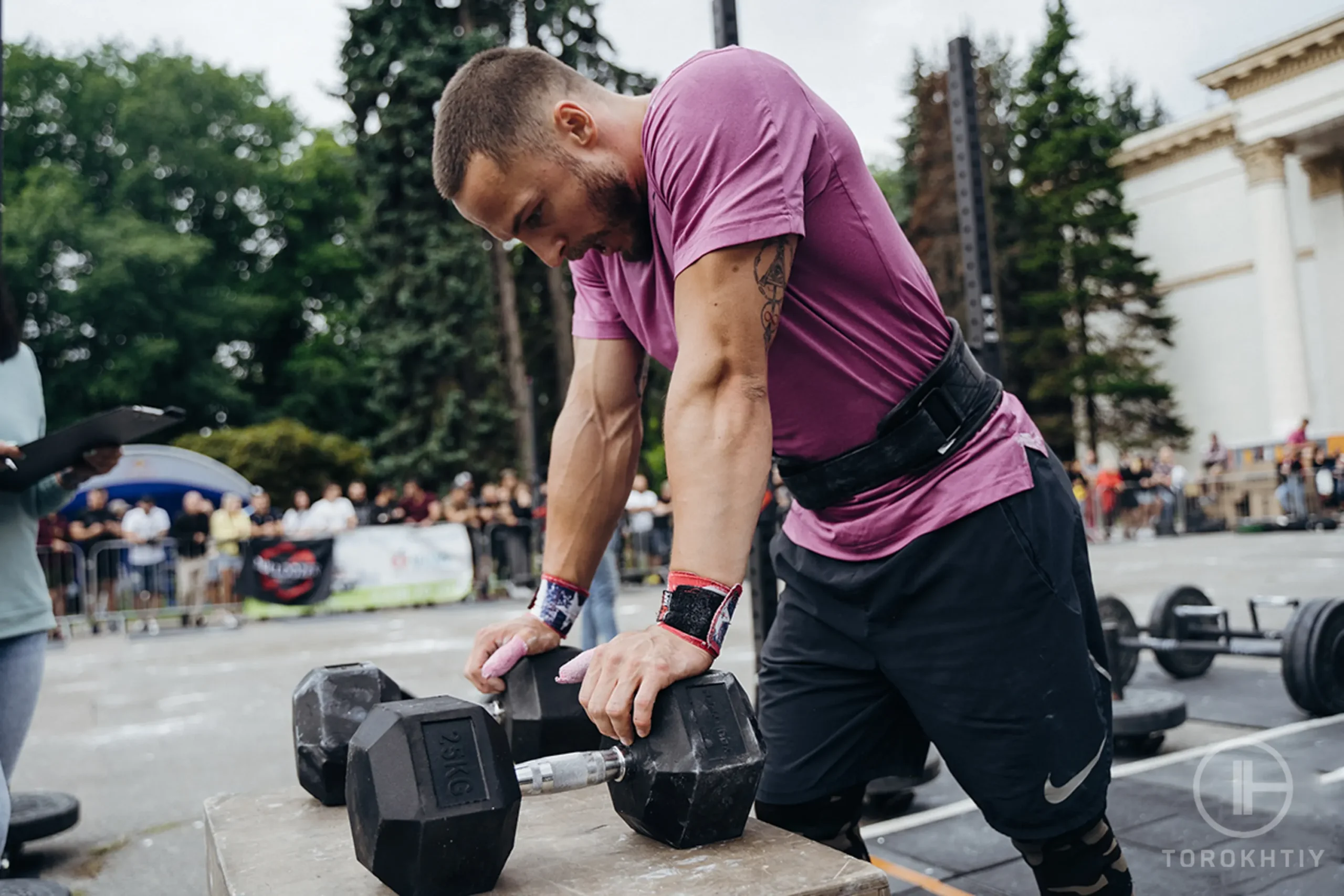
5. Material
The materials are a huge part of the quality and durability of a belt – as well as how supportive it is.
Belts should be made of material that can move, but is strong and stable. Fabric belts are more flexible but less resilient and supportive. Unsoftened and laminated leather is very stiff – the type used for powerlifting belts.
Normal, softened leather belts are somewhere in the middle – and best for most people. The best weight lifting belts for big guys – like the Warm Body Cold Mind belt – are made of leather and provide great support while still being comfortable and pliable to the way the body moves.
6. Certifications: IPF/IWF
If your belt is designed for use with rules by the IPF, USAPL, IWF, or others, then you’ll be sure you can use it in competition.
This is perfect if you think you might take up competition, or if you’re already training with a competition in mind. Most belts will specify what rules they’re compliant with.
7. Stitching
It’s not just the materials that matter. The best weight lifting belt also has to have strong stitching. These ensure that the moving parts and the construction of the belt are both dependable and offer you the best value for money.
These are the areas that usually break first. Good quality stitching can add years to the lifespan of your weight lifting belt.
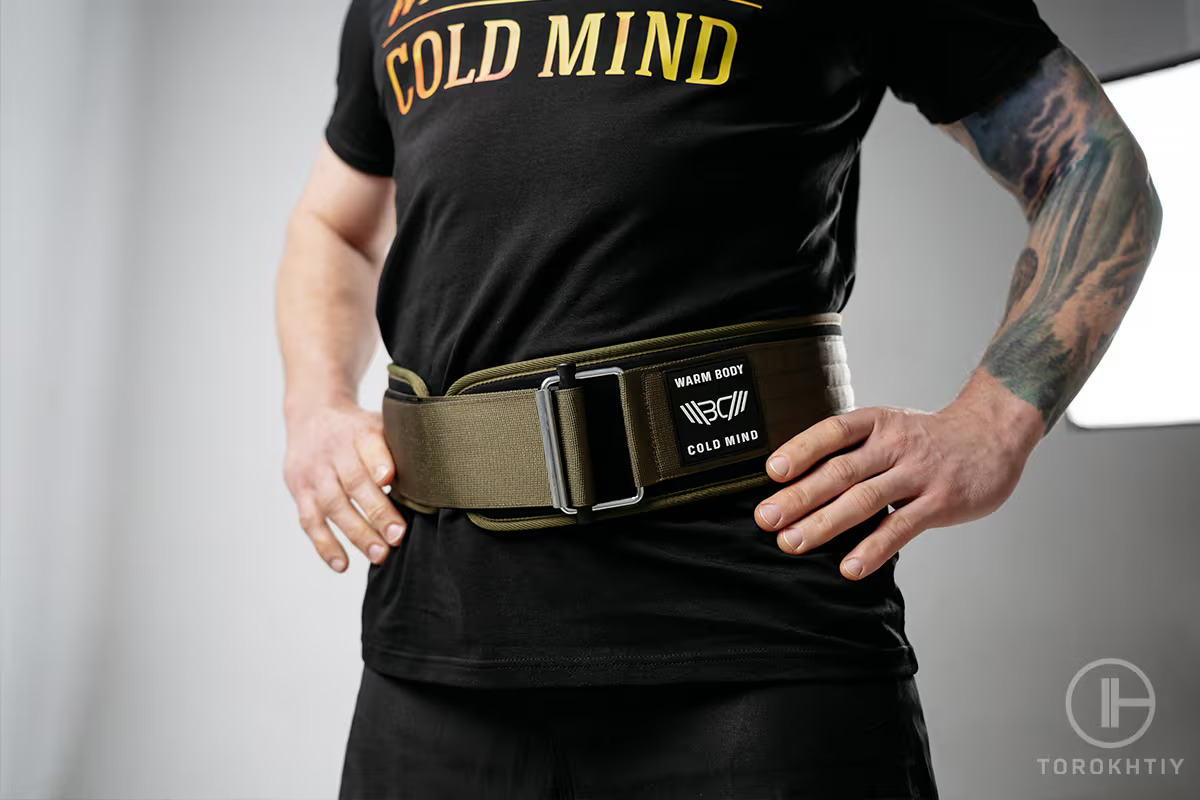
8. Adjustments and Hole-Spacing
The adjustment between different settings need to be specially built for big guys. Weight lifting belts for big guys need to have more options, since there are more sizes to cover and the variety of user sizes is much higher in these big belts.
Bigger belts require the holes and buckle systems to be matched to the extra size. The best weight lifting belt for big guys is the one that takes this seriously.
Tips From the Champ
When choosing a weightlifting belt for bigger build, focus on belt width, material quality and adjustability. Go for genuine leather or, if you really want to go the synthetic route, make sure the material is robust. The belt should have multiple adjustment holes or a secure lever system for a snug fit. Double-stitching and reinforced areas are always welcome because they make the belt more durable. You want the fit to be tight, but comfortable so you get optimal support during lifts.
Olympic Weightlifting Champion
How To Use Lifting Belt Correctly?
Using a weight lifting belt is very simple – once you have the right product: you need to fit it close to the skin for comfort, and focus on using it properly, and taking care of it. These let you get the most out of your belt for performance, longevity, and value.
- Step 1: Get the right material and design for your sport. Our reviews make this easier.
- Step 2: Get the right size – ideally somewhere in the middle of the size range – and measure twice.
- Step 3: Get the right buckle, focusing on the security you need and the build quality – and make sure the belt suits your most important lifts.
- Step 4: Put it in the right place, typically the area between the top of the hips and the bottom of the rib cage. Adjust up or down as is comfortable for you.
- Step 5: Tighten the belt until there’s mild pressure around the core at rest – and lots of pressure when you tense your core and expand into the belt. This is key for performance.
- Step 6: Use it for heavy lifts – typically over 85% - and not just for lighter exercises. Belts are for improving performance, and should be used in these higher ranges only.
- Step 7: Take good care of your belt with polish for leather, and take care of moving metal parts. You can lightly lubricate prongs, for example, to keep them clean and functional.
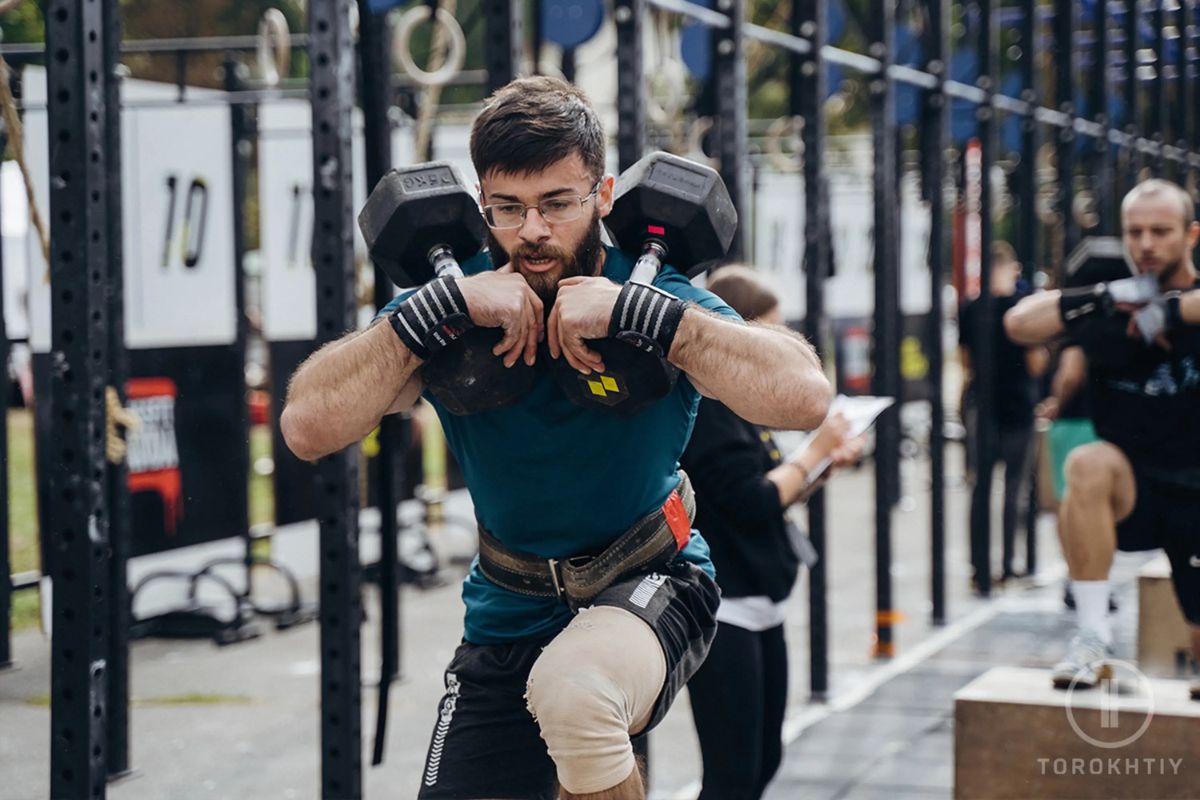
4 Tips on How to Determine the Correct Tension for Your Weightlifting Belt
Simply being told what to do might not always do the trick. Sometimes what you need is a solid mix of knowledge as well as practical experience in order to adjust the tension perfectly.
1. Fit
Once the locking mechanism of the lifting belt has been secured, the belt should feel snug. The best way to ensure it is not too loose or too tight is to do a few reps and see how it feels. While more experienced lifters will have that “sixth sense” about the fit, a beginner might not be able to identify this without actual testing correctly.
2. Breathing Test
Apart from doing a few reps, you can always take a deep breath and see where you’re at. If you can’t inhale fully that likely means that the belt is too tight. Just loosen it a step and repeat the process. Once you can take a full deep breath and brace against the belt, you’ve achieved the correct tension.
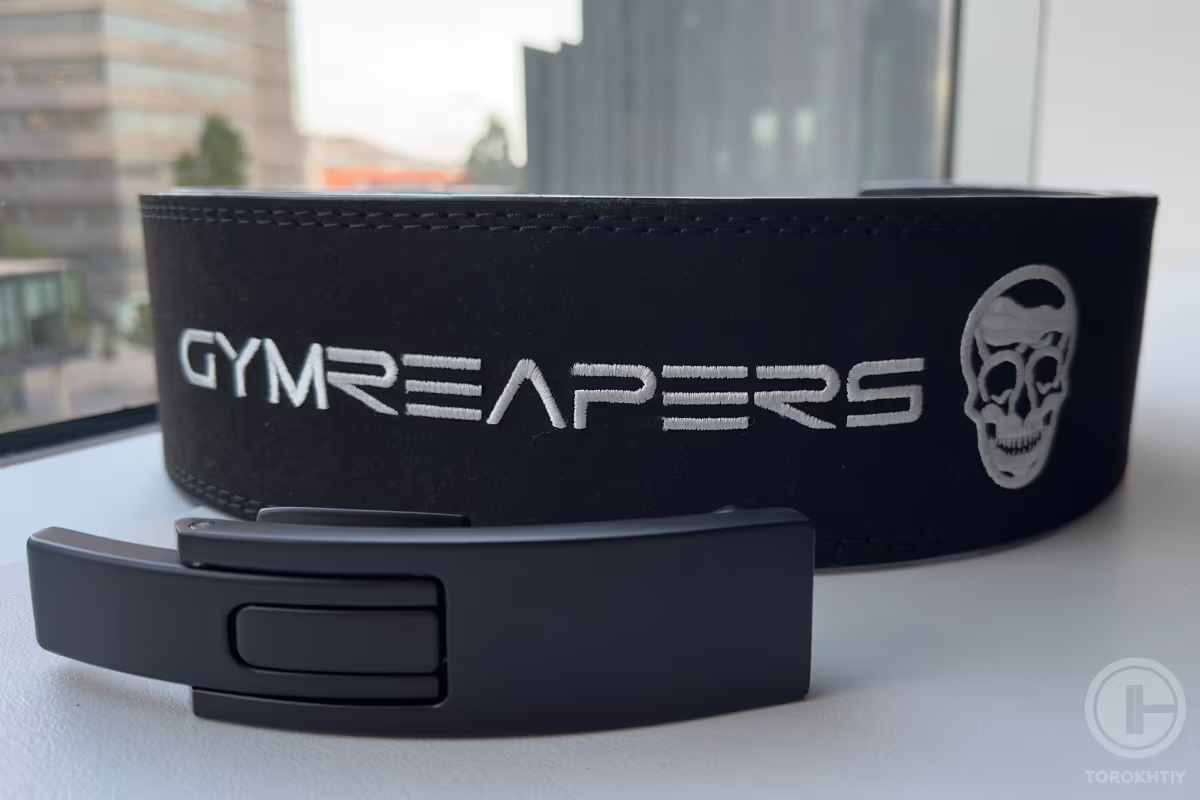
3. Your Body Is Unique
Everyone is built differently. What works for me, might not work for you. The perfect tension is often the one that is accompanied by the most amount of comfort. If you feel like you can lift more and better with a certain tension, that’s a strong indicator that that precise tension is a great fit for you.
4. Adjust And Practice
Depending on the exercise that you’re currently doing, the perfect tension might be different. So don’t hesitate to adjust the tension accordingly. For example, lifts that require more torso movement (e.g., squats, clean and jerks, deadlifts) might require a specific (looser) fit. Until you get more experience and get that feeling in a more natural manner, it’ll likely be a process of trial and error – and that is completely normal.
7 Tips for Maintaining and Cleaning Your Weightlifting Belt
Maintaining and cleaning are not necessarily the same things. And considering that a weightlifting belt can be a significant investment, it is good to learn both to ensure you get the most mileage out of your accessory. Here are a total of seven tips that will help you with both!
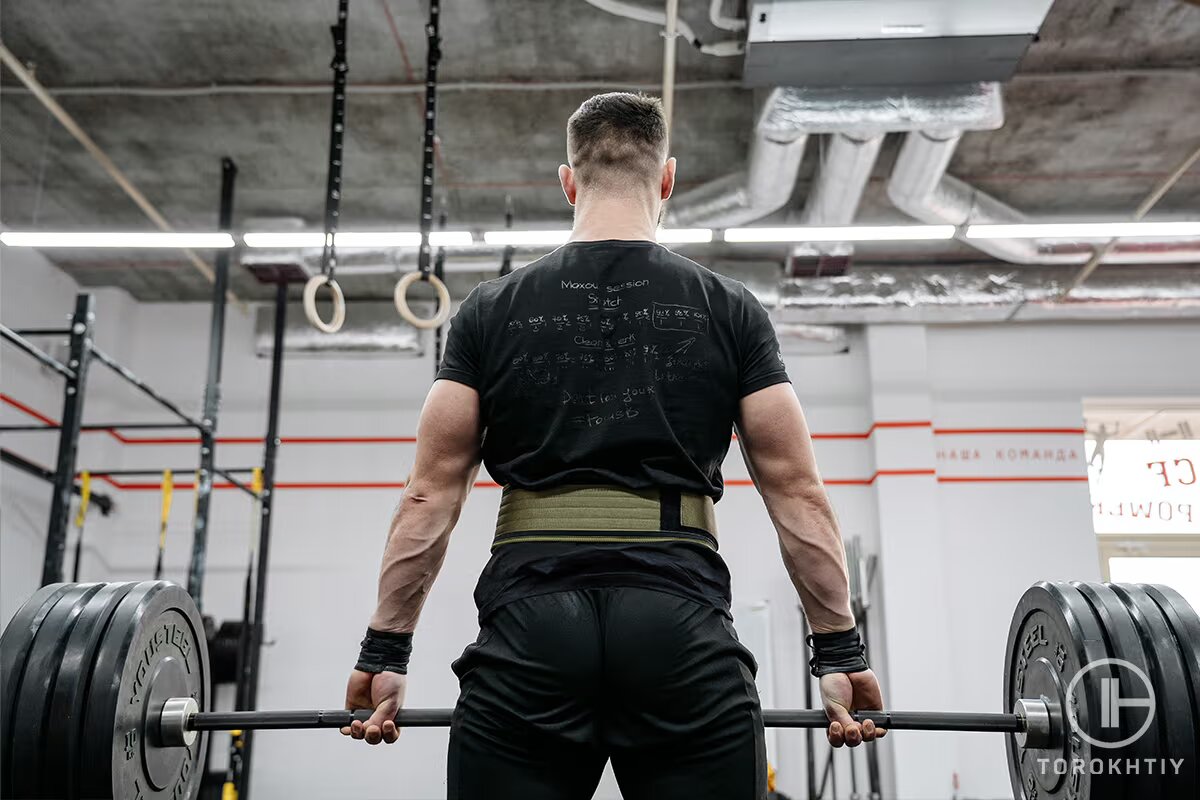
1. Cleaning Your Weightlifting Belt
• Spot Clean Only
Weightlifting belts made from leather should not be soaked or submerged in water. Instead, what you should do is spot-clean any dirty/filthy areas with a damp cloth.
• Mild Soap
Hard-to-clean spots might require you to use a mild soap or a leather cleaner. If you choose to do so, ensure you rinse the area thoroughly to completely remove/rinse the chemical, as it will otherwise leave a stain or even damage the material.
• Avoid Strong Chemicals
Any low or high-pH-value chemicals should be avoided like the plague. While it may seem like a good idea to quickly clean a dirty spot, by opting for harsh chemicals, you’ll inevitably damage the material and shorten the lifespan of the belt.
2. Maintaining Your Weightlifting Belt
• Proper Storage
Try to store the belt in a non-humid/damp area and avoid placing it in direct sunlight as the UV radiation from the sun will first burn through the pigmentation, and then proceed to evaporate the oils inside the leather. This will start showing as cracks in the leather. At that point the damage has been done; so ensure you avoid that from happening.
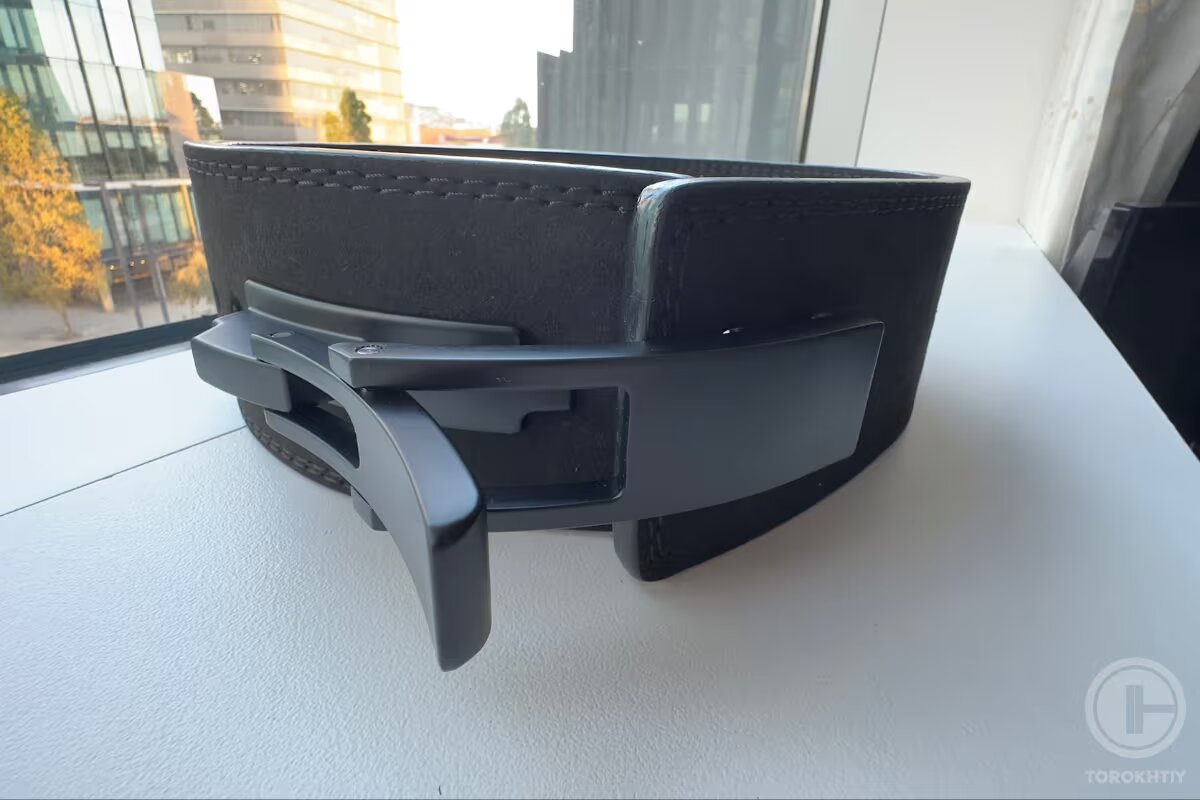
• Use A Leather Conditioner
If the belt is leather-made, then make sure to condition the belt regularly so that the material remains soft and pliable. This will also keep the leather from cracking.
• Adjust With Care
You’ll be adjusting your belt often. Try to be delicate with that, as any unnecessary stress, scraping to the holes or the buckle will damage and weaken the belt's durability.
• Check For Damage Regularly
Check for signs of wear and tear. Try to make it a habit to inspect the belt before each use. You’re looking for cracks, frayed stitching, rust in the metal parts, or tears. This way, you won't be unexpectedly ambushed by a faulty belt and risk unnecessary injury.
FAQ
How Big Is A Large Weightlifting Belt?
A “large” weightlifting belt is around 30-40 inches around the waist. An extra large is around 35-45 inches, and an XXL is 38-48 inches.
The XXXL weight lifting belts – or 3XL belts – are around 41-52 inches, and are the largest size that most suppliers sell. This is the big and tall weightlifting belt, and is built to fit big guys who lift big weights!
Can Overweight People Wear Weight Lifting Belts?
Of course overweight people can wear weight lifting belts! They come in many sizes, and belts help all kinds of people lift more weight.
Big people, whether muscular or overweight from fat, wear weight lifting belts. The items we’ve reviewed today are the best weight lifting belts for an overweight man.
How Wide Should A Weightlifting Belt Be For A Big Guy?
A weightlifting belt for big guys should be anywhere from 35” to 52” – depending on how big you are. The lower end of this range is for XL weightlifting belts, and the upper range represents the 3XL weight lifting belt, which is for superheavyweights in powerlifting or weightlifting.
Conclusion: Our Final Thoughts
The best weight lifting belt for big guys is Warm Body Cold Mind’s 2 prong leather belt. It’s a perfect balance for general strength training and has excellent materials and construction, with particularly good stitching strength.
This is perfect, with a 2-prong buckle for better security, soft but supportive leather, and excellent comfort. These make it one of the best weight lifting belts to lift in, and it’s a 52 inch weight lifting belt – perfect for big guys lifting big weights!
Also read:
- Best Dip Belt
- Best Lever Belt
- Best Weightlifting Belt
- When to Start Using a Lifting Belt
- How to Wear Weight Lifting Belt
- 10mm vs 13mm Belt
- Best Weight Lifting Belt for Women
- Deadlift Belt Position
- Should You Squat With a Belt
References:
- Lessons In Weight Belts: How And Why To Use Them // Bodybuilding:
https://www.bodybuilding.com/content/lessons-in-weight-belts-how-and-why-to-use-them.html - Lower Back Safety! // Bodybuilding:
https://www.bodybuilding.com/fun/catback.htm - The effectiveness of weight-belts during the squat exercise // PubMed: https://pubmed.ncbi.nlm.nih.gov/2304406/
- How to Wear and Adjust a Weightlifting Lever Belt: // GymReapers: https://www.gymreapers.com/blogs/news/how-to-wear-and-adjust-a-weightlifting-lever-belt
- Effect of a stiff lifting belt on spine compression during lifting // NCBI: https://pubmed.ncbi.nlm.nih.gov/17047531/
- The influence of weightlifting belts and wrist straps on deadlift kinematics // Journals: https://journals.lww.com/md-journal/Fulltext/2022/02180/
Why Trust Us?
With over 20 years in Olympic Weightlifting, our team does its best to provide the audience with ultimate support and meet the needs and requirements of advanced athletes and professional lifters, as well as people who strive to open new opportunities and develop their physical capabilities with us.
All products we select are primarily approved and tested by the Olympic Weightlifting Champion Oleksii Torokhtiy. Under his guidance, we provide honest and reasonable assessments of the products we review by checking their characteristics, packaging, design, comfort and durability features, and general product rating. We select products from only high-quality and trusted sports brands, thus vouching for their quality.
The product testing process is described in more detail here
Author: Ihor Shymechko
Pro Olympic Weightlifter, Coach
Best Results: Snatch – 208 kg,
C&J – 240 kg
Ihor has been a professional weightlifter since 1996, boasting over two decades of competition experience. His notable achievements include clinching the European Championship in 2009 and securing a silver medal in the 105kg division at the Senior World Championships in 2011. Ihor represented his country in the 2008, 2012, and 2016 Summer Olympics. After retiring from competitive weightlifting, he transitioned to coaching, leveraging his vast experience to guide athletes who now compete on both national and international stages.
Reviewed by: Oleksiy Torokhtiy
Olympic Weightlifting Champion
Best Results: Snatch – 200 kg,
C&J – 240 kg
Oleksiy Torokhtiy is a professional athlete boasting 20 years of experience in Olympic weightlifting. With multiple European and World titles under his belt, he has showcased his prowess in two Olympic Games (Beijing 2008 and London 2012). Upon concluding his illustrious career, Oleksiy dedicated himself to coaching. By 2022, he had conducted over 200 weightlifting seminars worldwide. He is the visionary behind an international sportswear and accessories brand known for its motto, “Warm Body Cold Mind.” Additionally, he is an esteemed author and the creator of a series of training programs and eBooks.
If you have any questions/suggestions/any other inquiries considering product reviews, you can reach out to us via email – [email protected]


